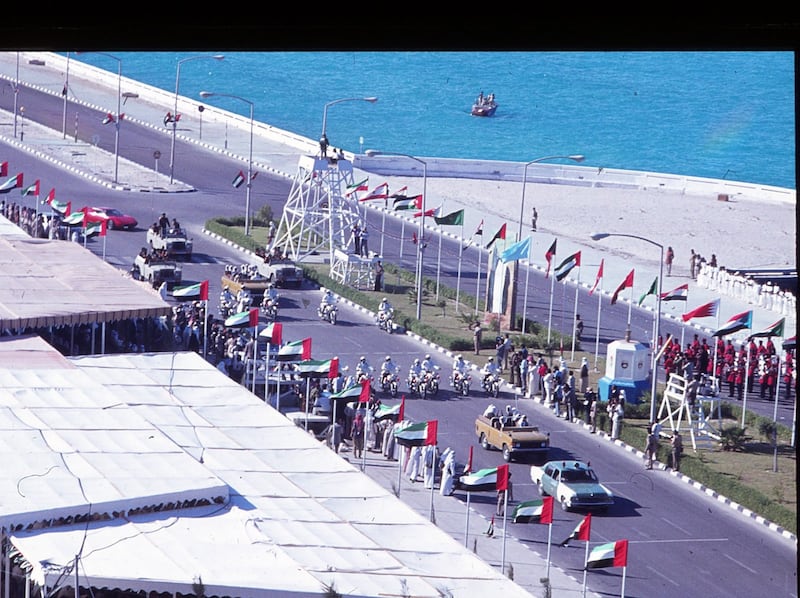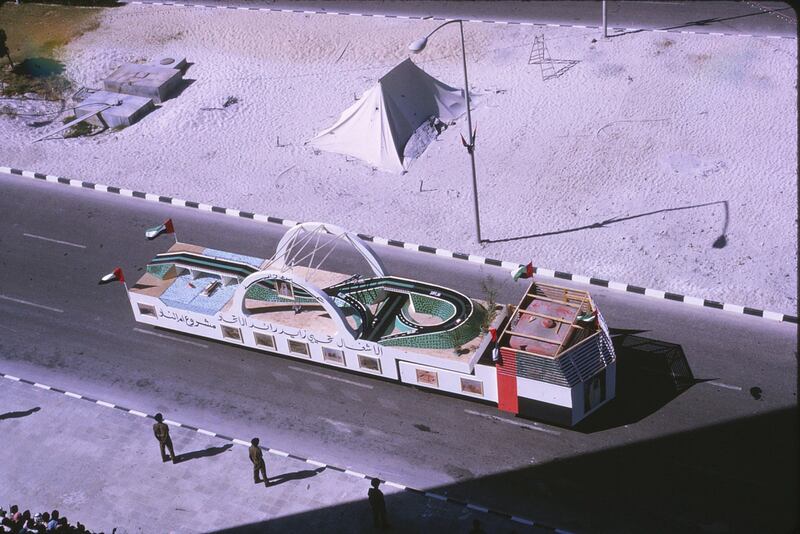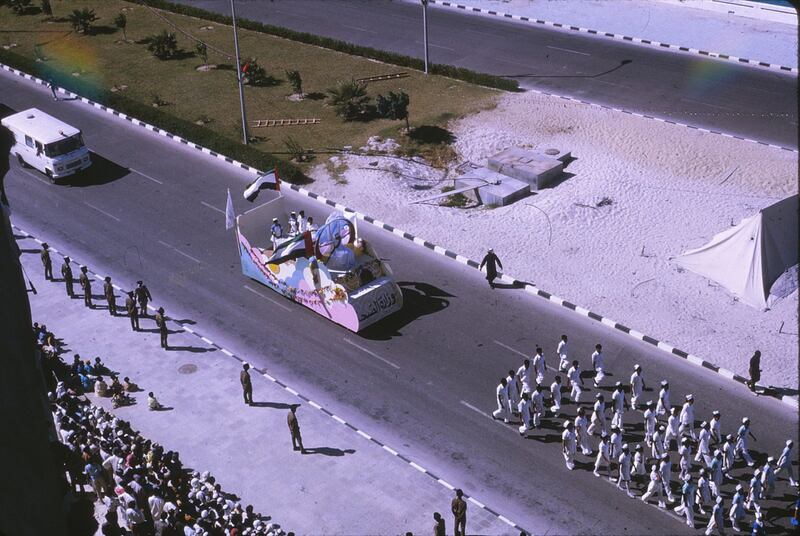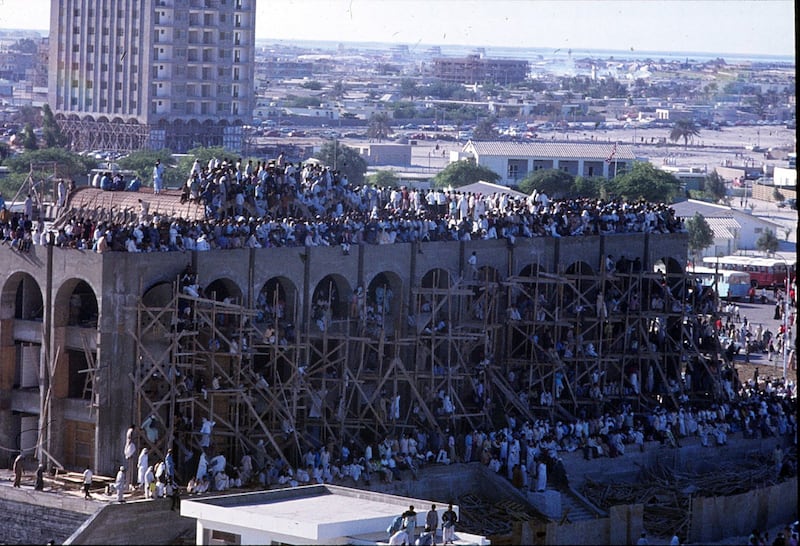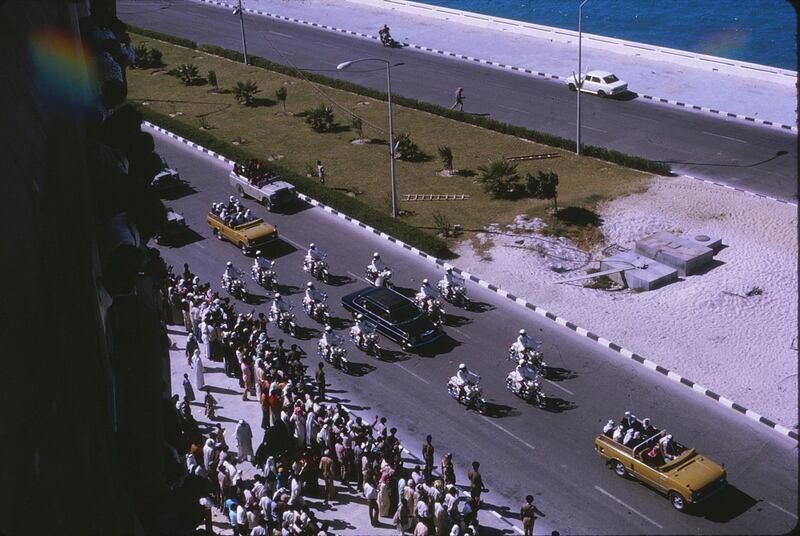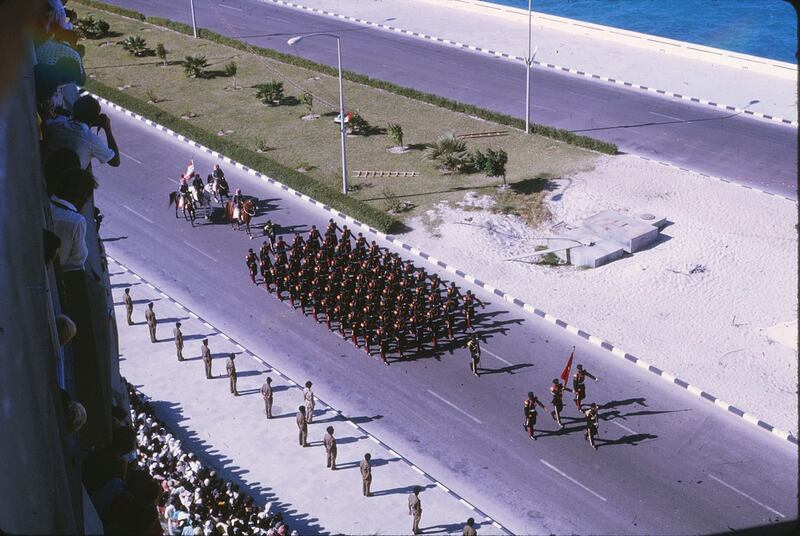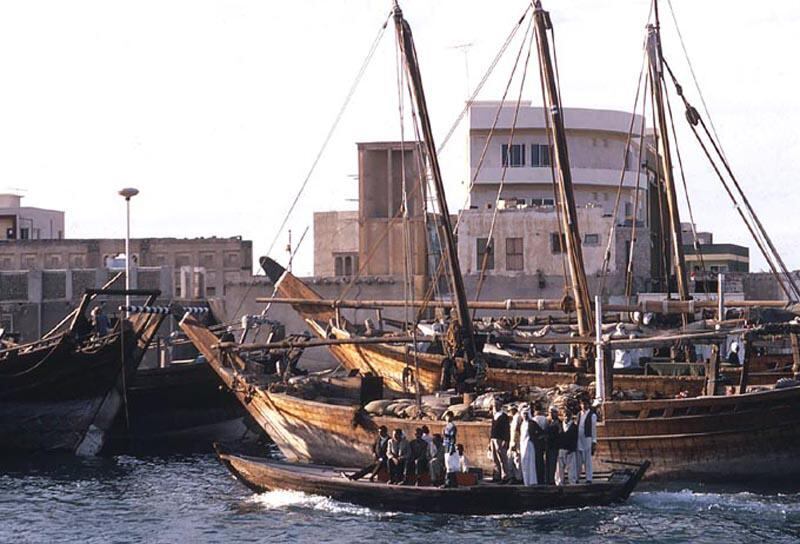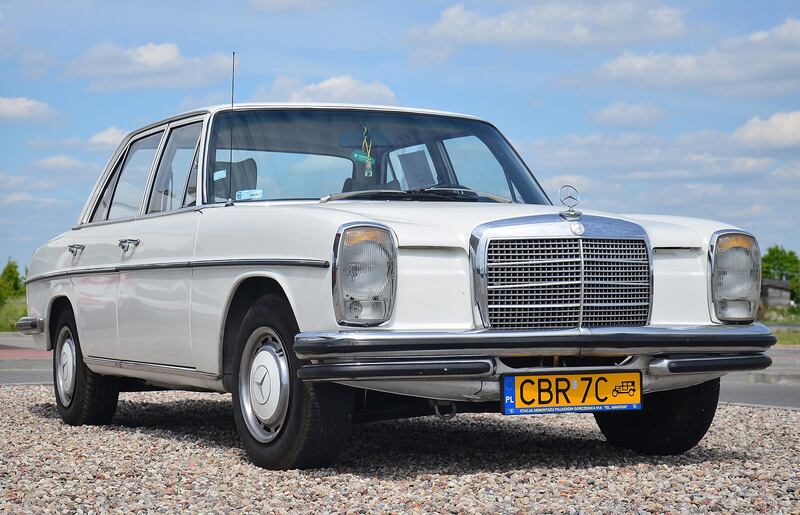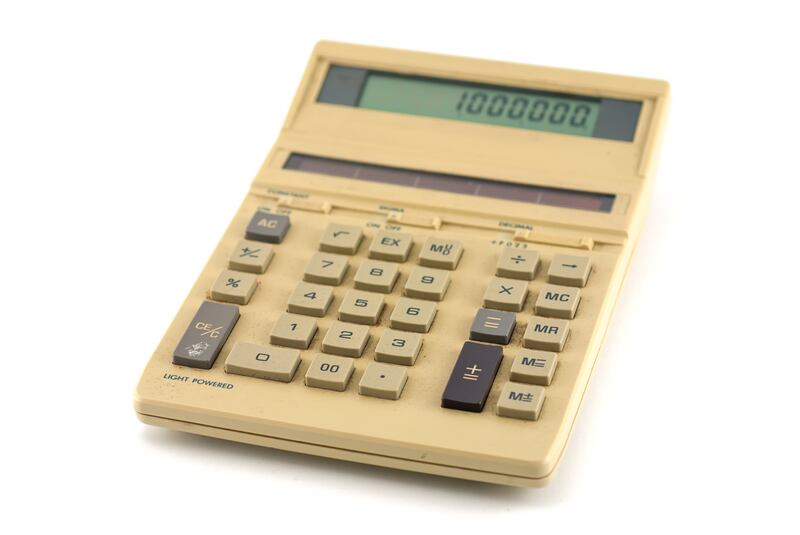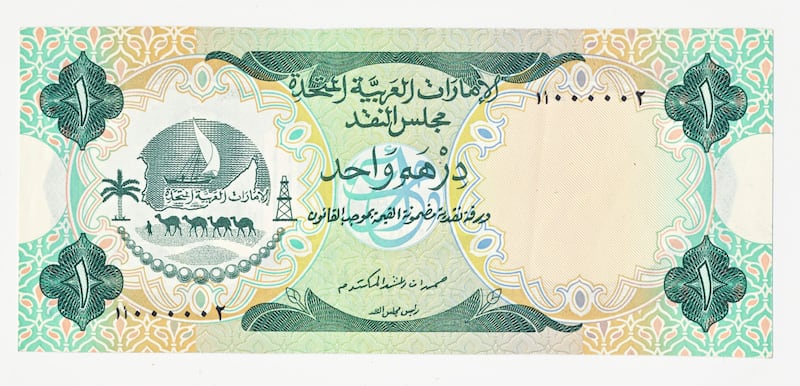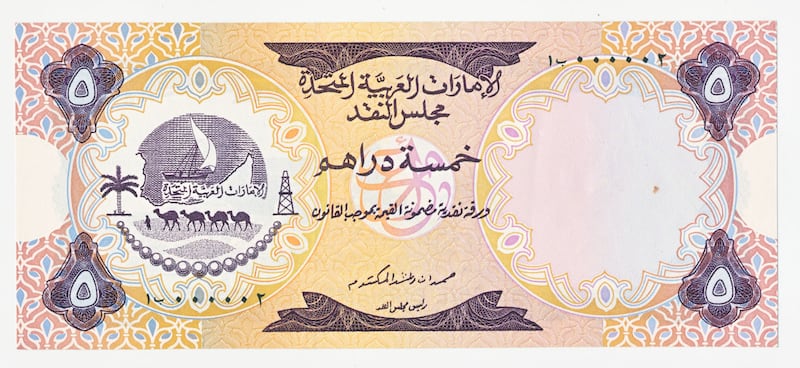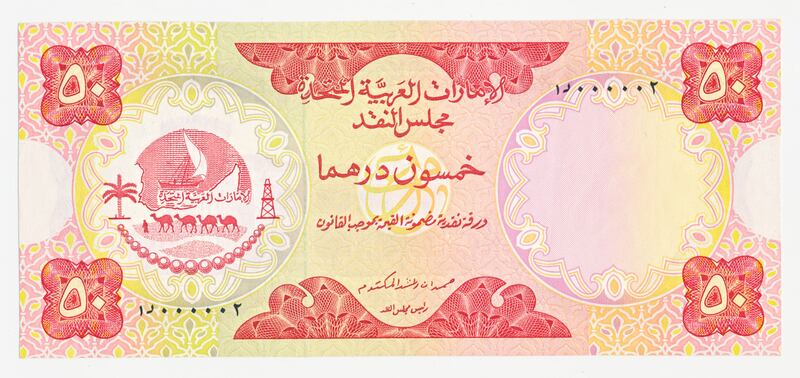By Union Day 1973, the UAE, born just two years earlier, was well on the way to maturity as a country.
Many of the symbols and institutions familiar today arrived over 50 years ago, from currency and postage stamps to the legal system.
Pride in what had been achieved in such a short period of time was expressed in the Union Day parade along the Abu Dhabi Corniche which featured floats honouring health workers, and milestones like the Maqta Bridge as well as massed marchers in the colours of the UAE flag.
The year ended with the formation of the country’s second Cabinet, which would serve for three years.
Sheikh Maktoum bin Rashid remained Prime Minister, but was joined by Sheikh Khalifa bin Zayed, later second President of the UAE, as Deputy Prime Minister.
The number of Cabinet posts was increased by four to 30, with new responsibilities including Islamic Affairs and Water.
In November 1973 the creation of another institution further formalised the status of the union. The Federal Supreme Court established the supremacy of the Constitution and gave it priority over laws and decisions made by individual emirates.
These landmark decisions gave the new country stability in a year of turmoil on the international stage, dominated by the October War and the oil embargo by Arab states.
With the world at one point apparently brought to the brink of nuclear war by the conflict, the US was increasingly distracted by the Watergate scandal, which would bring down President Richard Nixon the following year.
What could you buy with a dirham in 1973 - in pictures
For most people, though, life went on, enjoying films like The Sting, and American Graffiti starring a youthful Harrison Ford or humming tunes such as Crocodile Rock by Elton John or Steve Wonder’s You Are the Sunshine of My Life.
In the shops, people were able to buy their Union Day flags and badges with the new dirham currency, which had replaced the previously used Bahrain dinar and Qatar riyal.
Introduced in May 1973, the currency used the notes and coins familiar today, although with different designs. There were six banknotes, ranging from Dh1 to Dh1,000.
The single dirham was also issued as a coin, albeit a larger and heavier version than those used today. The Dh1 note would be phased out several years later.
What has changed is the purchasing power of the dirham. As a result of inflation, a Dh100 purchase then would require Dh700 today.
The year began with another significant step towards national unity. On January 1, 1973, the first federal postage stamps arrived, ending the issue of stamps by individual emirates, a practice in place since the early 1960s.
The first five fils stamp featured the UAE flag in a circular sweeping design superimposed over the country’s outline.
Others from the first issue pictured landmarks from each of the seven emirates, while the Dh10 and highest value honoured UAE Founding Father, the late Sheikh Zayed bin Sultan Al Nahyan, the First President.
During the year, more series would be issued, marking everything from the Ninth Arab Petroleum Conference, to International Literacy Day, and the National Youth Festival in March.
Union Day 1973, previously known as National Day, included another now-familiar symbol of the UAE for the first time. The golden Hawk of Quraish was adopted as the country’s official symbol in December, featuring seven tail feathers representing the seven emirates.
It appears on official documents and passports, with only one amendment in 50 years, when the original badge on the hawk’s breast was changed in 2008 from a sailing dhow to the UAE flag.
